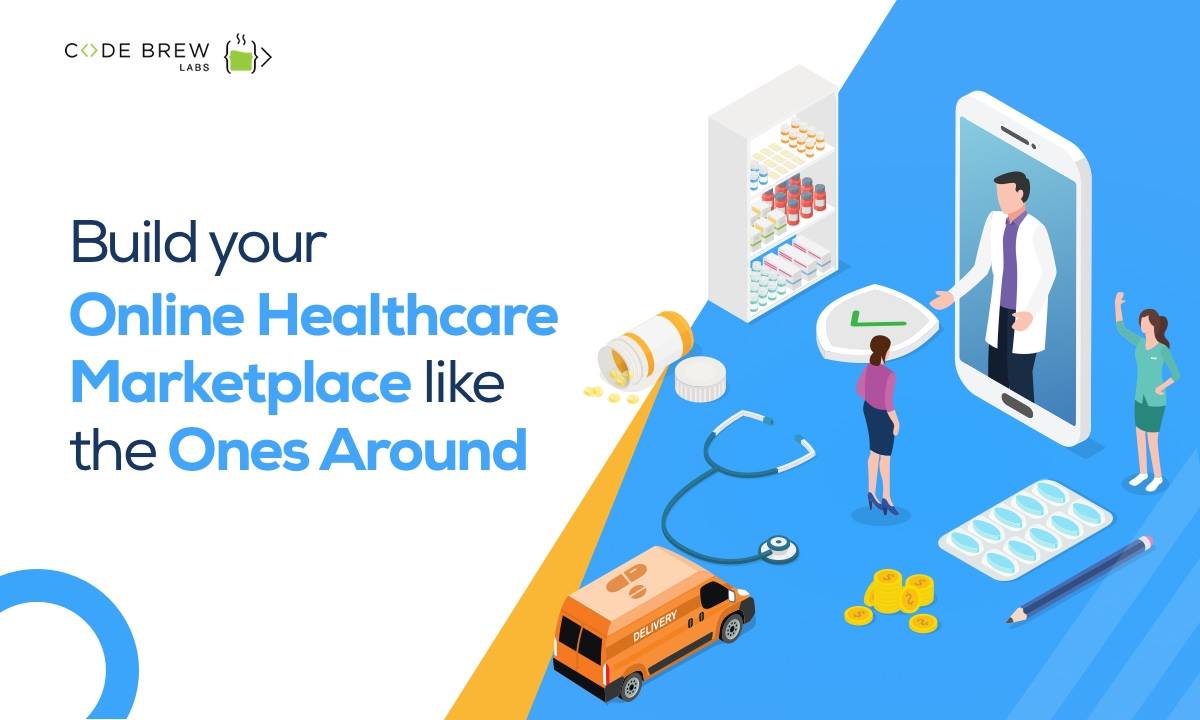How Subscription Based Healthcare is Reinventing Patient Accessibility to Services
How Subscription Based Healthcare is Reinventing Patient Accessibility to Services
Blog Article
How Subscription-Based Medical Care Is Transforming the Clinical Industry

The Rise of Subscription Healthcare
Recently, the health care market has actually observed a significant shift towards subscription-based designs, showing wider consumer fads preferring convenience and predictability. This change is driven by the enhancing demand for more easily accessible and individualized care options. Registration medical care, occasionally described as attendant medicine or direct primary care, offers patients a set month-to-month charge for a series of medical services, dramatically modifying standard fee-for-service designs.
The rise of registration medical care is assisted in by improvements in technology, which enable streamlined communication between clients and suppliers - subscription based healthcare. Digital platforms and telehealth solutions have come to be important, offering clients the ability to set up visits, access clinical records, and get assessments online. This technical combination not just improves person interaction yet likewise allows carriers to provide extra effective treatment
Furthermore, the membership design lines up with the advancing assumptions of people that look for even more control over their medical care expenditures and experiences. While this version is obtaining grip, its spreading encounters obstacles such as governing difficulties and the need for more comprehensive approval within the standard health care environment.
Benefits for Clients and Suppliers
Subscription-based health care supplies a wide range of advantages for both people and companies, improving the characteristics of medical care. For individuals, this version provides improved access to medical care solutions.
For doctor, subscription-based versions foster a more enjoyable and sustainable practice. By protecting a consistent profits stream, providers can focus on delivering top notch care without the stress of volume-based solution. This version urges longer person consultations, promoting stronger patient-provider partnerships and enhancing health and wellness results. In addition, it supplies providers the flexibility to innovate and incorporate precautionary and holistic care practices. Management jobs are usually structured, lowering overhanging expenses and enabling companies to devote more time to patient communication. On the whole, subscription-based health care lines up the incentives of patients and providers, advertising a much more patient-centered and reliable health care shipment system.
Secret Functions of the Design
Regularly, the essential attributes of the subscription-based healthcare design emphasize its distinctive approach to delivering clinical services. Central to this model is the idea of foreseeable, month-to-month payments, offering clients a detailed array of services without the unpredictability of conventional fee-for-service frameworks. This version often includes limitless access to main treatment solutions, preventative treatment, and regular exams, ensuring that patients can engage with their healthcare companies proactively instead than reactively.
Furthermore, straight communication channels, such as telemedicine and messaging platforms, are highlighted, enabling clients to get timely guidance and assessments without needing in-person appointments. This enhances accessibility and convenience, particularly for people with flexibility restraints or those staying in remote locations. The design also cultivates more powerful doctor-patient connections, as health care service providers are incentivized to focus on long-term wellness end results rather image source than short-term description visits.
Moreover, subscription-based medical care typically integrates technological advancements, such as electronic health documents and health surveillance applications, to supply personalized and reliable treatment. Individuals benefit from worked with and constant care administration, which is tailored to their details health and wellness needs. Eventually, these features jointly create a patient-centered medical care experience, prioritizing access, expense openness, and precautionary treatment.

Difficulties and Considerations
While the subscription-based medical care model uses countless benefits, it is not without its factors to consider and challenges. Membership versions may unintentionally favor those with higher socioeconomic standing, possibly widening disparities in health care accessibility for lower-income individuals who may battle with monthly fees.
One more difficulty depends on governing compliance. Subscription-based health care needs to browse an intricate internet of regulations that vary by region, including problems around individual discretion, information protection, and state licensing requirements. Guaranteeing compliance without hampering the version's adaptability and technology linked here can be daunting for service providers.
Furthermore, there is the danger of overutilization or underutilization of services. Clients paying a taken care of charge may overuse services, causing boosted operational expenses, while others might underutilize due to fear of straining the system, possibly disregarding essential treatment.
Future Potential Customers and Innovations
The landscape of subscription-based health care is poised for change through emerging innovations and advancing leads. As modern technology continues to advancement, the integration of artificial intelligence and artificial intelligence provides significant possibilities to improve diagnostic precision and improve patient monitoring. Anticipating analytics can reinvent preventive treatment by determining potential wellness dangers prior to they materialize, thus reducing both expenses and the concern on medical care systems.
Additionally, telemedicine is readied to increase within membership models, offering people boosted access to health care professionals despite geographical constraints. This not just facilitates connection of care yet likewise encourages individuals to involve more proactively in their health monitoring. Additionally, blockchain modern technology provides possible in securing individual information and making sure interoperability throughout platforms, cultivating count on and openness.
The development of individualized medication is another frontier, with registration models offering an one-of-a-kind framework for providing customized health services. Hereditary testing and customized therapy strategies can be perfectly incorporated, straightening patient requires with details medical interventions. Collaborations in between technology firms and medical care providers are likely to generate cutting-edge services, enhancing client experiences and results. As these prospects emerge, subscription-based medical care has the prospective to redefine how treatment is provided and accessed.
Final Thought
Subscription-based healthcare is transforming the clinical sector by offering a more easily accessible, predictable, and patient-centered approach to medical services. In spite of challenges such as governing obstacles and potential disparities in gain access to, the registration model holds pledge for an extra reliable and tailored medical care experience.
Registration healthcare, often referred to as attendant medication or direct main care, provides clients a set month-to-month cost for an array of medical services, dramatically altering typical fee-for-service designs.
Moreover, the registration design aligns with the progressing expectations of clients that look for more control over their healthcare costs and experiences. For individuals, this design gives enhanced access to healthcare services. In general, subscription-based health care aligns the motivations of clients and carriers, promoting a much more patient-centered and effective healthcare distribution system.
Additionally, telemedicine is set to increase within registration designs, offering patients enhanced accessibility to medical care specialists regardless of geographical restrictions. - subscription based healthcare
Report this page